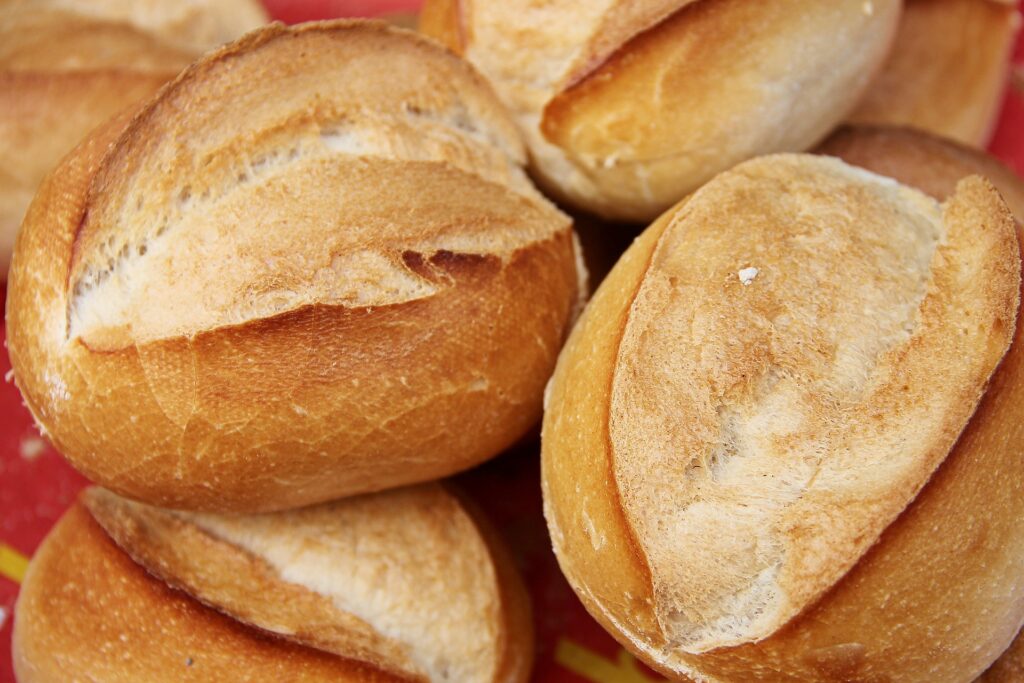 Use of different ingredients to optimize the quality of bread with an old whole-wheat flour.
Use of different ingredients to optimize the quality of bread with an old whole-wheat flour.
Due to increasing consumer attention towards healthy food, in recent years the sector’s industry has shown renewed interest in old wheats.
These, in fact, are reported to have high nutritional values but poor technological properties. In this context, a recent study carried out by a group of Italian researchers (Parenti et al. , 2020), tested the possibility of improving bread quality by adding whole wheat-flour obtained from an old wheat variety.
At first, the effect of seven improvers on dough rheology and bread specific volume was evaluated using a screening design method. The results indicate that all tested ingredients are capable of altering the quality of the product. The most promising effects were shown by sucrose, salt and guar gum, extra virgin olive oil and ice. Consequently, the possible synergies of these variables were evaluated in depth in a full factorial trial.
The combination of sucrose (2%) with extra virgin olive oil (3%) resulted in optimized bread specific volume, crumb specific volume and hardness. In conclusion, the authors argue that the proposed approach could be usefully applied even to other whole-wheat flours to improve product quality, hence promoting the consumption of high nutritional value breads.
Use of wastes from olive oil production as functional ingredients in bakery products
Nowadays, the concern about environmental pollution leads to a growing interest in the recovery and recycling of food by-products and wastes. In this context, a recent study conducted by a group of Italian researchers (Di Nunzio et al., 2020) focused on the exploitation of olive pomace as functional ingredient in biscuits and bread.
In particular, the following samples were prepared for testing: bread made from whole-wheat flour, fermented with standard yeast or sourdough, and biscuits made from whole wheat flour from monococcus spelt. Some of the samples were then enriched with 4% pomace. The results indicate that the presence of pomace causes a significant increase of the phenolic content in all products, particularly in the sourdough fermented bread.
Furthermore, the increased concentration of bioactive molecules did not cause an increase in the anti-inflammatory effect. The obtained data seem to indicate that changes in chemical composition cannot predict changes in food functionality.
In conclusion, the authors argue that pomace can be usefully used as functional ingredient in bakery products, but further investigations are needed to analyse the effects of the food matrix and of the processing conditions on the bioaccessibility of bioactive molecules
References: Parenti et al., LWT, Food Science and Technology, 121, 2020, 108980; Di Nunzio et al., Food Research International, 131, 2020, 108940



